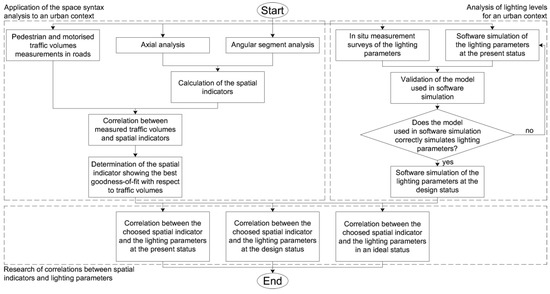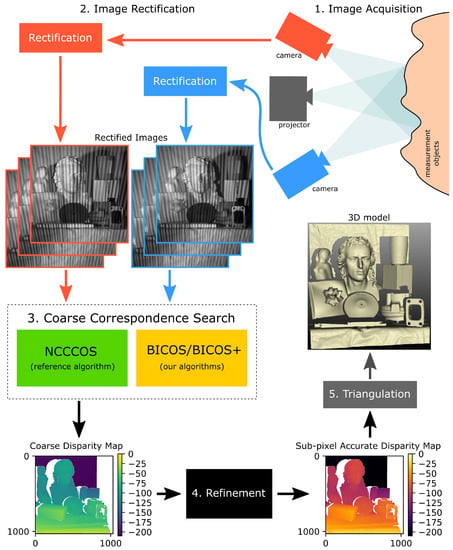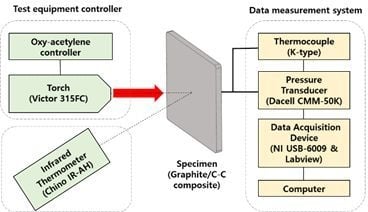Appl. Sci. 2019, 9(16), 3333; https://doi.org/10.3390/app9163333 - 14 Aug 2019
Cited by 4 | Viewed by 7727
Abstract
In this paper, a hydraulic breaker system is suggested with optimized impact forces and with active control to improve the system’s energy efficiency. While performing operations such as demolition, rock pulverization, and ground hammering, the consistent breaking force causes energy dissipation due to
[...] Read more.
In this paper, a hydraulic breaker system is suggested with optimized impact forces and with active control to improve the system’s energy efficiency. While performing operations such as demolition, rock pulverization, and ground hammering, the consistent breaking force causes energy dissipation due to the various strengths of the bedrock. Moreover, if the ground condition is not monitored, this may lead to catastrophic damage to the whole system. Moreover, frequent part changes can result in fatal malfunction. Therefore, a novel rock breaker is needed that is able to predict target properties of the rock in order to perform at the optimal impact force. The characteristics of rock forecasts obtained by a proximity sensor can determine the depth at which the piston stroke will reach the object. Moreover, a cascade control system for multiple levels of impact points, included operating and monitoring modules, is developed by applying ICT convergence through a wireless communication system. Consequently, adequate results were obtained from the applied field test on the feasibility of the suggested breaking system, thus confirming the possibility of applying this system in conventional heavy industries.
Full article
(This article belongs to the Section Applied Industrial Technologies)
►
Show Figures













